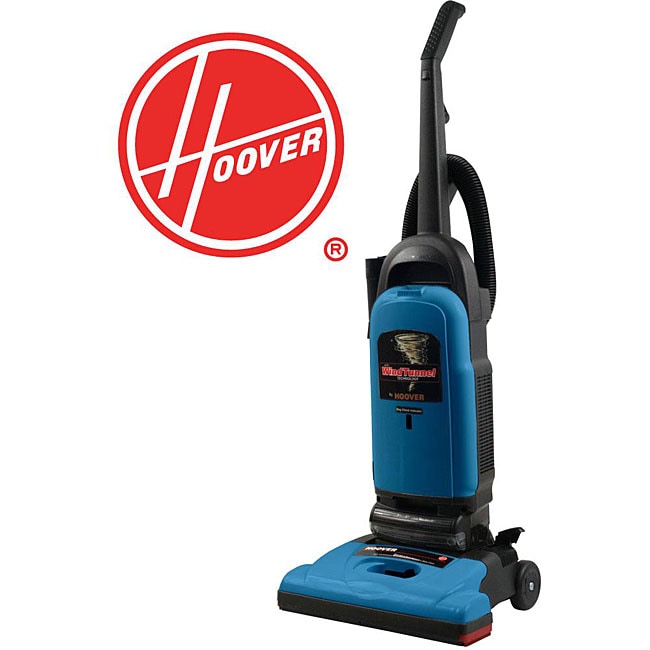Using brand names to refer to generic objects is an example of the linguistic process of widening or broadening. Widening occurs when a over time a word that was formerly used only to refer to a specific concept now refers to more general concepts (Harley, 2006). In the case of brand names, the name of the company or manufacturer is commonly used to describe all objects of that kind even if they are not directly affiliated with that brand.
Some common instances of brand name widening are shown below. It is interesting to note that the brand names chosen to represent different objects vary with the location of use. For example Hoover is only used to refer to vacuum cleaners in England whereas in the U.S. the generic term is used.




Some common instances of brand name widening are shown below. It is interesting to note that the brand names chosen to represent different objects vary with the location of use. For example Hoover is only used to refer to vacuum cleaners in England whereas in the U.S. the generic term is used.
Hoover (instead of vacuum cleaner)

Kleenex (instead of tissue)
Q-tip (instead of cotton swab)

Advil (instead of ibuprofen)

Semantically, the brand words carry the same weight as the generic terms. No one is confused if someone asks them for Advil instead of Ibuprofen. Therefore, it is important to note that using brand names instead of generic names is not linguistically incorrect seeing as it does not impede understanding in everyday conversation.
References
Harley, Heidi. 2006. English Words: A Linguistic Introduction. Malden, MA. Blackwell.
References
Harley, Heidi. 2006. English Words: A Linguistic Introduction. Malden, MA. Blackwell.
